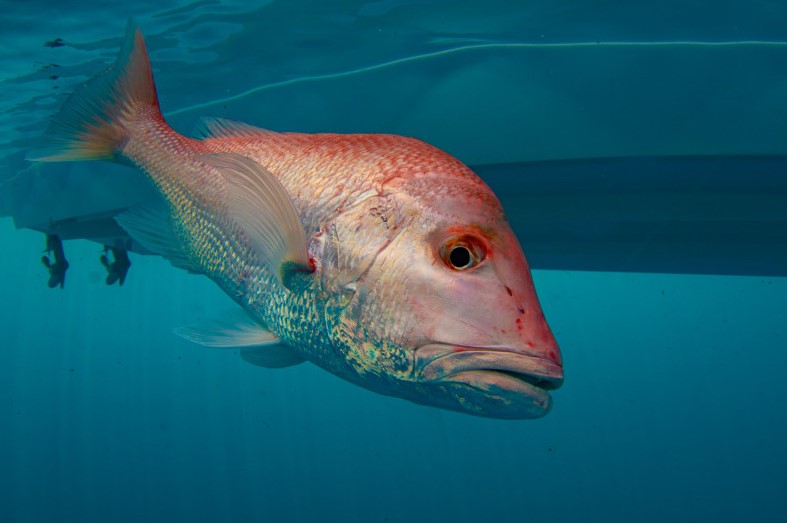
Photo courtesy of Adrian Gray
By Ted Venker, CCA National Conservation Director
Anyone with kids under the age of 20 is probably at least vaguely familiar with The Incredibles – an animated movie about a family of superheroes trying to live a quiet suburban life. Early in the movie, the dad laments his frustration with being a superhero, saying, “No matter how many times you save the world, it always manages to get back in jeopardy again. Sometimes I just want it to stay saved!”
That’s a familiar feeling for red snapper anglers in the Gulf of Mexico. After decades of federal mismanagement that resulted in recreational seasons as short as three days just a few years ago, the Gulf states and Congress had enough. The states were given authority in 2019 to manage their private recreational anglers in the red snapper fishery with their own state-based harvest data systems. That came about after anglers and managers alike lost all faith in the data coming out of the federal Marine Recreational Information Program (MRIP). By any metric, state management since then has been a resounding success, with better data, longer seasons and higher angler satisfaction. All while the snapper population continues to rebound at greater than expected rates.
At the same time, Congress had grown suspicious of a fishery in which seasons were continually being shortened but the fishery seemed healthier than ever. So in 2016, Congress appropriated $10 million for an unprecedented, independent study to determine the true population of red snapper in the Gulf once and for all. A team of 21 investigators from 11 academic institutions around the region scoured the Gulf for two years and released their results late last year. They found a red snapper population at least three times larger than NOAA Fisheries ever suspected.
At that point, the states and Congress appeared to have saved the day. But the federal agency managed to pull red snapper back into jeopardy again.
In 2020, NOAA Fisheries announced that the state recreational data had to be recalibrated back into the MRIP data “currency” for management. The new state data was ordered to go through a mathematical conversion to produce harvest results in the old MRIP numbers. In other words, the states abandoned a broken system, built a better one, but are required to return to the broken system. The result, NOAA Fisheries says, is that Alabama and Mississippi wildly overfished their quotas in 2019 despite their own state data that says they stayed within their quotas.
Then earlier this year, the new, independent stock assessment went through a review by the Gulf of Mexico Fishery Management Council’s Science and Statistical Committee (SSC), made up largely of the same group of academicians and scientists who have presided over red snapper science for years and even decades in some cases. The SSC studied the work by the new group of scientists that revealed an additional 800 million pounds of red snapper biomass that the SSC had somehow missed…and then inexplicably proceeded to recommend raising the total allowable catch of red snapper for all three sectors – commercial, for-hire and recreational – by just 300,000 pounds. The chairman of the SSC resigned unexpectedly the day after that decision.
Faced with the utterly ridiculous situation of having to virtually close the red snapper season for anglers in Mississippi and Alabama in 2021 while at the same time having science in hand that showed a population at least three times larger than anyone thought, the Council did the only thing it could in April of this year. It deferred action on Alabama and Mississippi until January 2023, when all the new information can be fed into an official benchmark stock assessment.
That process may yet save the day, but NOAA Fisheries has shown that it intends to take any and all new information and make it somehow match up with its own highly suspect historical data, no matter how nonsensical that may be. As long as NOAA Fisheries insists on tying the future of red snapper to its history of mistakes, bad data, greed and politics, it will take more than a superhero to save this fishery.








